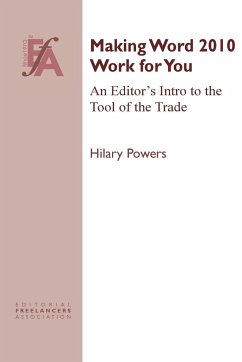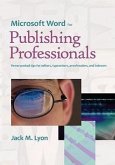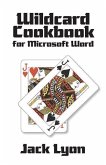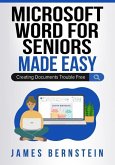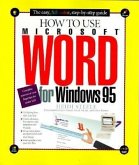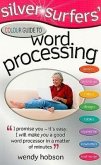Assuming you already know how to edit, you can edit in Word 2010 if you know how to get at the files and make changes in them-beyond opening a file, typing and deleting text, and saving, the absolute skill requirement is essentially zero. If you use it for what it is-editing on screen becomes easier (and faster) than editing on paper, and neither less accurate nor harder on your body. The biggest difference between paper editing and on-screen editing is that a straight line is no longer the shortest distance between two points. That is, the steps in the edit are different, and there are more of them, and tasks may happen in a different order from what would work best on paper, but the final effect is that high-quality, medium-level commercial editing-giving a publisher two full read-throughs with substantive overtones and addressing thoughtful queries to the author-can be done at a net rate (considering all the pages and all the time spent on the job) that should come in anywhere between half again and three times as fast as what you can do on paper. Chapter 1. The Shortest Distance: A Concrete Example: Here I detour to the world of travel to provide a detailed example of the way the mind-set of using your computer differs from that of making paper procedures work on screen. This mind-set is what allows me to claim such astonishing speed boosts for real electronic editing. Chapter 2. Building a Working Environment: What you see on the basic Word 2010 screen (or could see with a few mouse clicks), how it serves you, and what to do if you don't like it. Chapter 3. Finding Work for Word's Idle Hands: Where Word 2010 hides the settings that make it second-guess what you're doing, how to fix them, and how to use the basic services the program offers, including AutoCorrect, Find and Replace, and the spelling checker. Chapter 4. Deploying the Custom Features: Where to get hold of the things Word 2010 is built to do but won't volunteer, like keeping track of vocabulary you don't want to use even though it's properly spelled, rearranging the keyboard and ribbon, storing text for quick reuse, and accepting your spoken commands. Chapter 5. Macros and Templates: Digging into the guts of making Word 2010 do your thing instead of its own-with exercises you can use to get up to speed. Chapter 6. Domesticating Tracked Changes: How to use the built-in tracking feature smoothly and comfortably, and how to keep its markup simple enough to avoid frightening your authors. Chapter 7. Coping with Snares and Pitfalls: Where Word's bodies are buried, and how to keep them from rising from their graves and haunting your work. Chapter 8. Locating Useful Additions: Sources of tools, books, and ongoing advice about Word 2010. Chapter 9. A Bouquet of Sample Shortcuts: Some macros-mostly easy and easily understood-to start your collection and give you resources to cannibalize for your first adventures in command development. Chapter 10. Walking Through a Job: The steps involved in a fairly generic nonfiction edit, with notes on ways I use Word 2010 to help in the process

